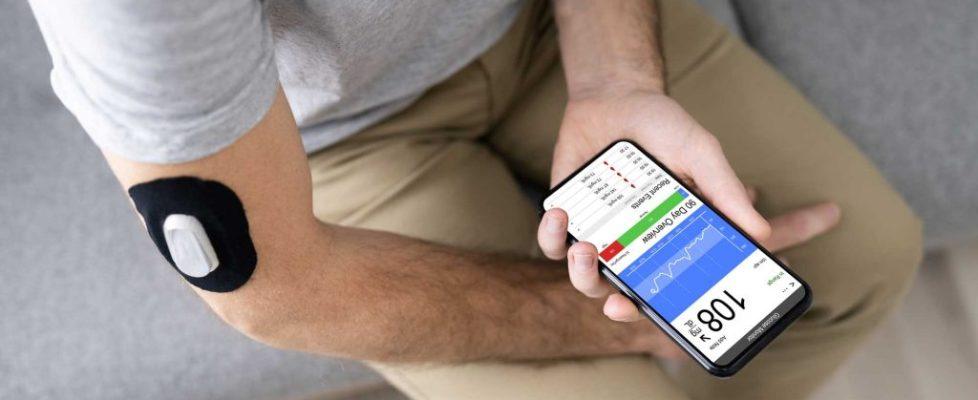Understanding Remote Patient Monitoring (RPM)
Remote patient monitoring is a term used when a healthcare provider gives you a device to track aspects of your health at home. Information from the device is sent to your provider.
Why is remote patient monitoring used?
Your healthcare provider may want to track aspects of your health daily or weekly. This can help you manage your health over time. Remote patient monitoring (RPM) means you can do this at home or in your care facility. It means you play an active role in your care. You will have a job to do. For example, you may need to measure your blood pressure or weight every day. You can do this yourself with a device. You may be asked to track other aspects of your health with different kinds of devices.
Remote patient monitoring may:
- Help you live at home with a chronic condition
- Help you go home from the hospital sooner
- Keep you healthier over time
- Help you understand how changes you make in your diet can affect your health
- Catch problems early
- Help keep you out of the hospital or nursing care
- Give you peace of mind knowing that someone else is monitoring your health with you
RPM can help track measurements of your health if you have certain conditions including:
- Asthma
- Chronic obstructive pulmonary disease (COPD)
- Heart failure (CHF)
- Diabetes
- Heart disease
- High blood pressure (hypertension)
- Chronic kidney disease
- Obesity or overweight
You and your healthcare provider will set goals about what to track and how often.
What does remote patient monitoring track?
Your healthcare team may give you devices you can use at home to track any of these:
- Blood oxygen level
- Blood pressure
- Blood sugar level
- Breathing rate
- Heart rate
- Heart rhythm
- Temperature
- Weight
What devices are used?
You may be given 1 or more devices to take home. Or you may be able to buy them in a store or online. You may be able to use a device you already have at home. The devices come in many sizes. You may be given a device that sends information to your provider’s computer over the internet. Your healthcare team will tell you what devices you’ll use and how to use them. Types of devices for remote patient monitoring include:
- Blood pressure monitor. This has a cuff that goes around your arm or wrist. It shows if your blood pressure is low, normal, or high.
- Blood glucose meter. This small device uses a tiny amount of blood to show how much sugar is in your blood.
- Cardiac monitor. This type of device can track your heart’s electrical activity.
- Digital thermometer. This is used to check your temperature.
- Pulse oximeter. This fingertip device shows how much oxygen is in your blood.
- Digital scale. This is a device you step on to track your body weight.
- Smartphone. Apps on your phone can help track physical activity.
- Smartwatch. This wrist device can track your heart rate and heart rhythm.
Health insurance and remote patient monitoring
Medicare covers some kinds of remote patient monitoring. Private insurers may cover some kinds as well. Talk with your healthcare provider’s office about what your insurance covers. Find out what you may need to pay for yourself.
When to call your healthcare provider
Call your healthcare provider if any of these occur:
- Your measurements are above or below the level set by your provider
- Your device stops working
- You have new symptoms

